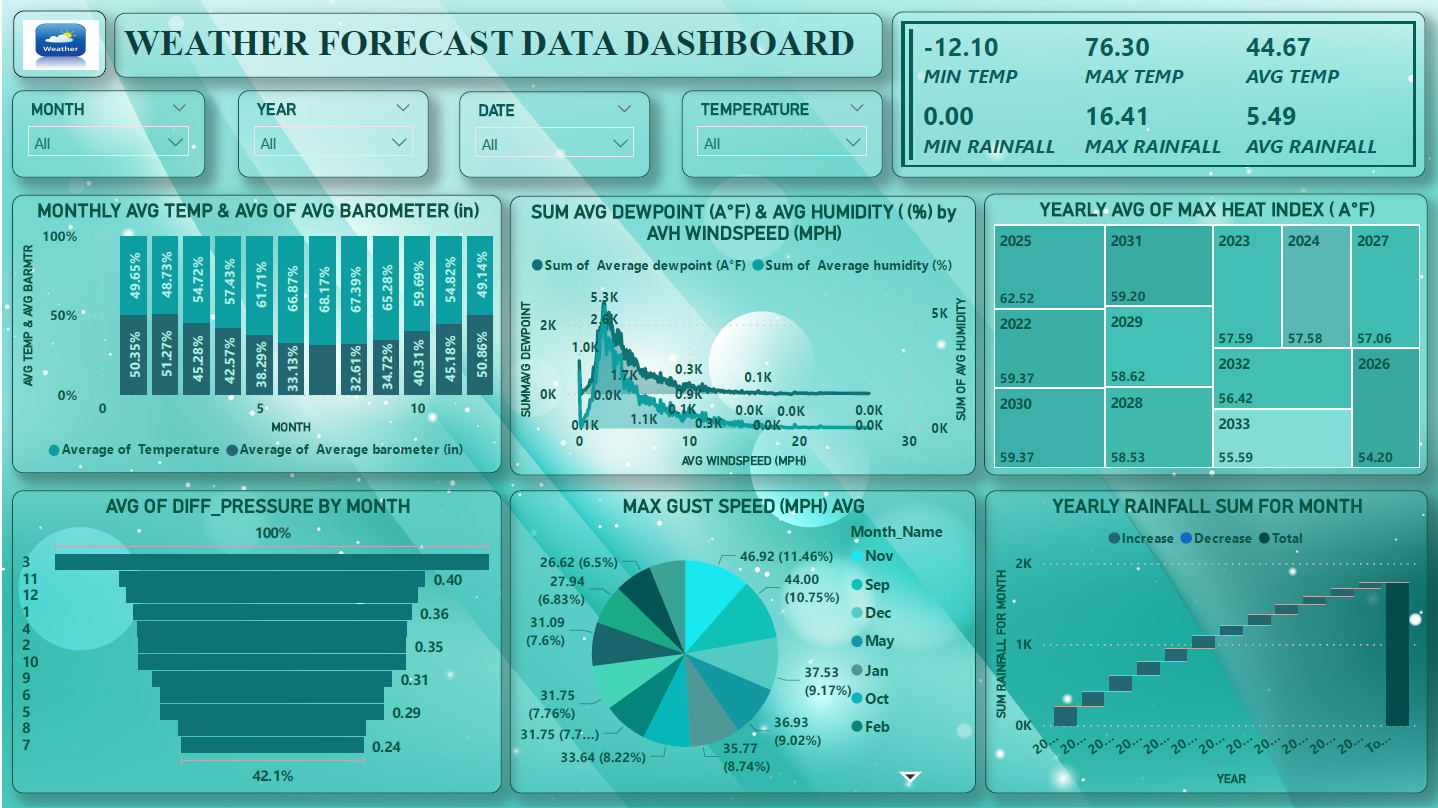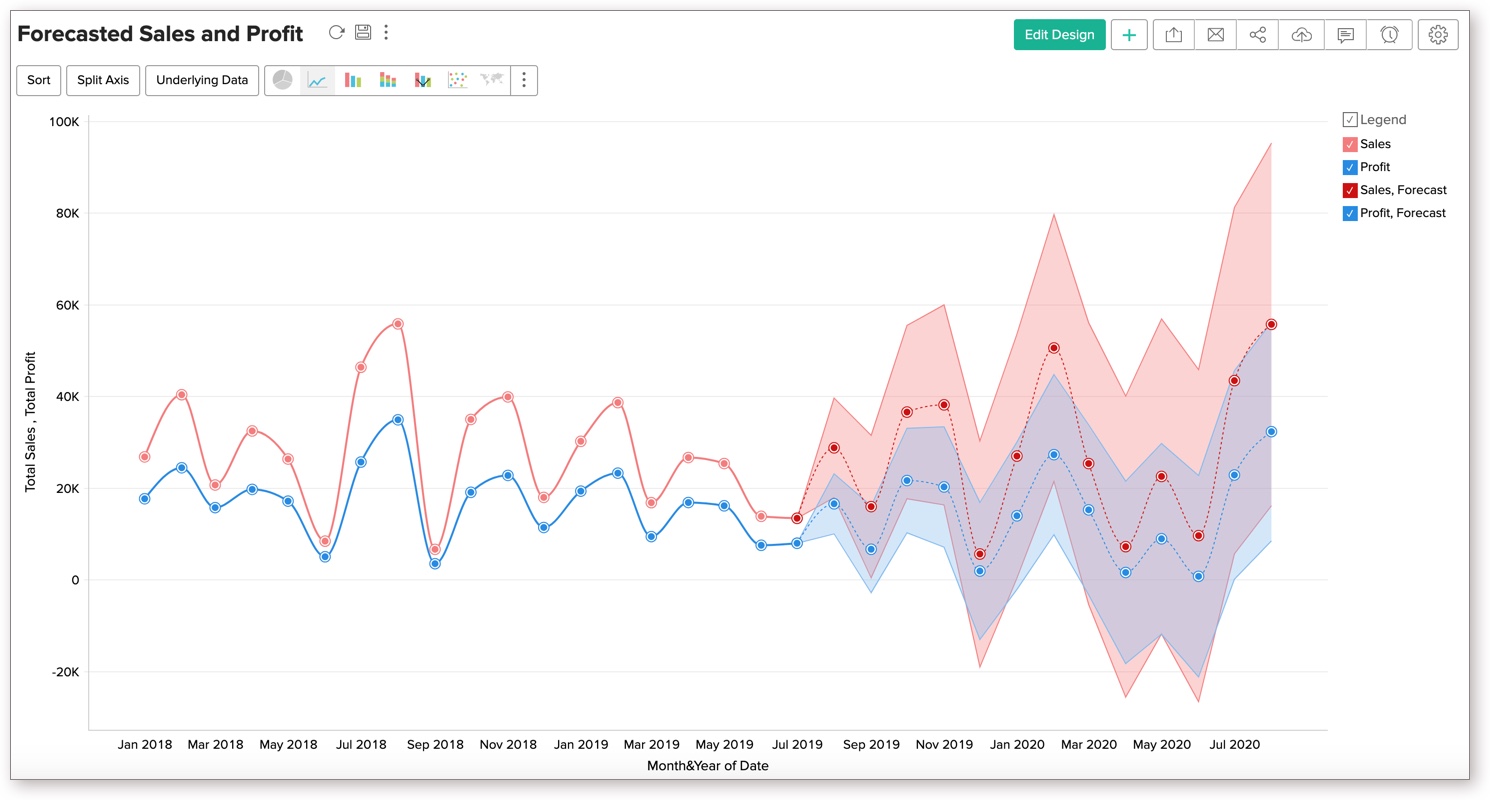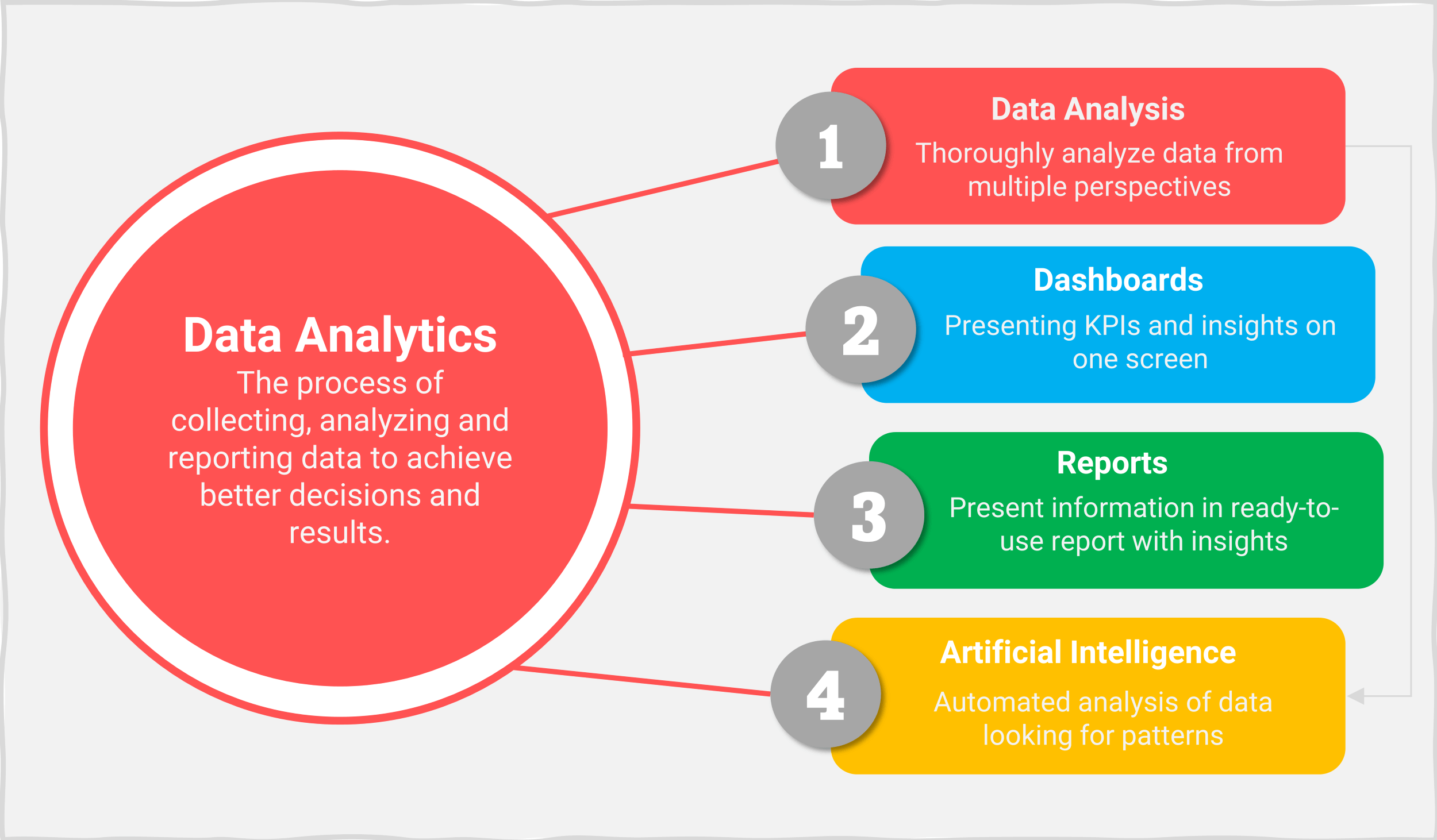Analyze The Forecast Data For This Country

Imagine standing on a sun-drenched hillside, the scent of olive trees mingling with a gentle sea breeze. The azure Mediterranean stretches out before you, but a knot of worry tightens in your stomach. Farmers are talking about drier summers, fishermen about dwindling catches, and everyone seems to be holding their breath, wondering what the future holds for this beloved land.
At the heart of this anxiety lies a complex interplay of climate data, economic projections, and social trends. Understanding these elements is crucial for navigating the challenges and opportunities that lie ahead for Italy.
Italy's Climate: A Shifting Landscape
Italy's climate, traditionally characterized by warm, dry summers and mild, wet winters, is undergoing significant changes. Data from the Italian National Institute for Environmental Protection and Research (ISPRA) reveals a clear trend of rising temperatures across the country.
The average temperature has increased by more than 1°C over the past century, with the most significant warming occurring in recent decades. This warming trend is particularly pronounced in the Alpine region, where glaciers are rapidly melting, impacting water resources and tourism.
Rainfall patterns are also becoming more erratic. Some regions are experiencing prolonged droughts, while others are facing increasingly intense rainfall events, leading to floods and landslides.
The European Environment Agency (EEA) highlights that these climate changes are exacerbating existing vulnerabilities in Italy, particularly in agriculture and coastal regions.
Impact on Agriculture: A Struggle for Survival
Agriculture, a cornerstone of Italy's economy and cultural heritage, is particularly vulnerable to climate change. Prolonged droughts are impacting crop yields, especially in southern Italy, where water scarcity is already a major issue.
Changes in temperature and rainfall are also affecting the types of crops that can be grown in certain regions. Traditional crops like olives, grapes, and tomatoes are facing increasing challenges.
According to a report by Coldiretti, the main association of Italian farmers, extreme weather events have caused billions of euros in damages to the agricultural sector in recent years. Farmers are struggling to adapt to these changing conditions, and many are facing financial hardship.
Coastal Vulnerability: A Rising Threat
Italy's extensive coastline is also highly vulnerable to climate change. Sea levels are rising, and coastal erosion is becoming more severe, threatening coastal communities and infrastructure.
The Italian National Research Council (CNR) has documented significant coastal retreat in several areas, particularly in the Po Delta and along the Adriatic coast. This erosion is damaging coastal ecosystems and threatening historical sites.
Furthermore, rising sea temperatures are impacting marine ecosystems, affecting fisheries and tourism. The proliferation of invasive species is also posing a threat to native marine life.
Economic Forecasts: Navigating Uncertainty
Italy's economic outlook is intricately linked to its ability to adapt to climate change. The agricultural sector, tourism, and energy production are all vulnerable to climate impacts.
The Bank of Italy has warned that climate change could significantly dampen economic growth in the coming decades. The costs associated with adapting to climate change, such as investing in water infrastructure and coastal protection, are also substantial.
However, there are also opportunities for green growth. Investments in renewable energy, energy efficiency, and sustainable agriculture could create new jobs and boost economic activity.
Tourism: Balancing Act
Tourism, a major contributor to Italy's economy, is both vulnerable to and a potential driver of climate action. Changes in weather patterns could affect the attractiveness of certain destinations.
Rising sea temperatures and coastal erosion could deter tourists from visiting coastal areas. Similarly, changes in snow cover could impact winter tourism in the Alps.
However, sustainable tourism practices, such as promoting eco-friendly accommodations and transportation, could help mitigate the environmental impact of tourism and attract a new generation of environmentally conscious travelers.
Social Trends: A Call for Action
Public awareness of climate change is growing in Italy. A recent survey by Eurobarometer found that a majority of Italians are concerned about climate change and believe that urgent action is needed.
This growing awareness is driving demand for sustainable products and services, as well as support for climate-friendly policies. Civil society organizations are playing an increasingly important role in raising awareness and advocating for climate action.
Young people are particularly engaged in the fight against climate change, demanding that policymakers take decisive action to protect the planet for future generations.
Policy Responses: A Work in Progress
The Italian government has committed to reducing greenhouse gas emissions and adapting to climate change. Italy is a signatory to the Paris Agreement and has adopted a National Energy and Climate Plan (NECP) outlining its climate goals.
However, progress on implementing these policies has been slow. Critics argue that the NECP lacks ambition and that more needs to be done to promote renewable energy and energy efficiency.
There is also a need for greater coordination between national, regional, and local governments to ensure that climate policies are effectively implemented.
Looking Ahead: Hope and Resilience
Despite the challenges, there is reason for optimism. Italy has a rich history of innovation and resilience. The country is home to a vibrant entrepreneurial sector and a strong tradition of community solidarity.
By embracing sustainable practices, investing in green technologies, and fostering a culture of environmental stewardship, Italy can build a more resilient and prosperous future. The key is to act decisively and collaboratively, ensuring that no one is left behind.
As the sun sets over the Mediterranean, casting a golden glow on the land, one can still feel the spirit of hope and determination that has always defined Italy. With courage and vision, Italy can navigate the challenges ahead and create a brighter future for generations to come.

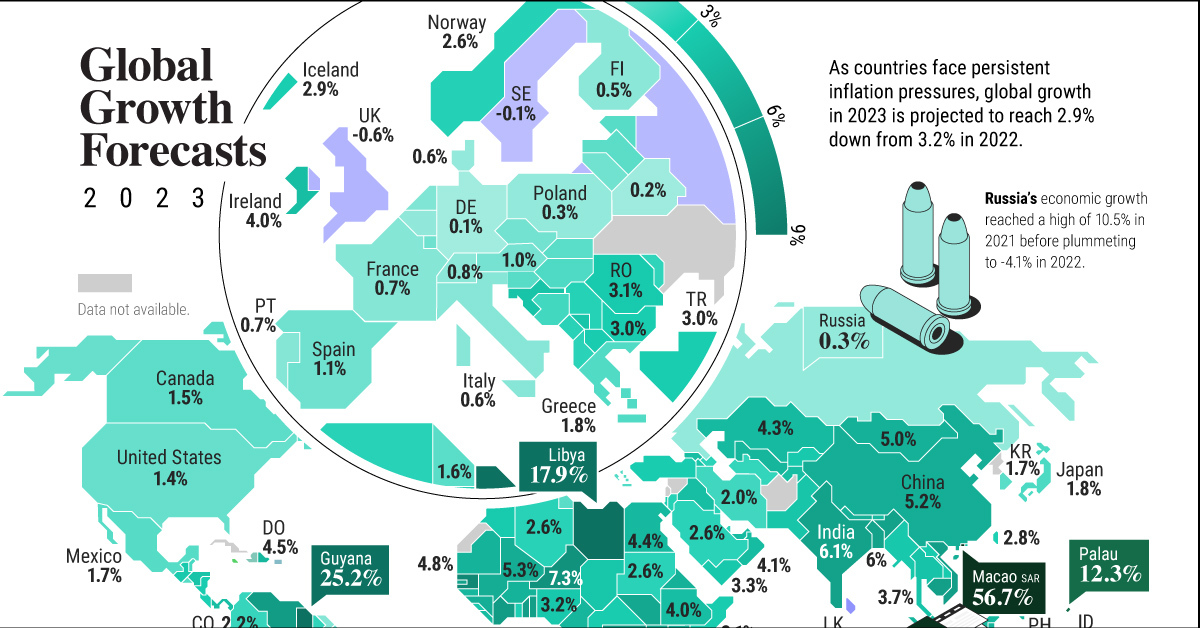
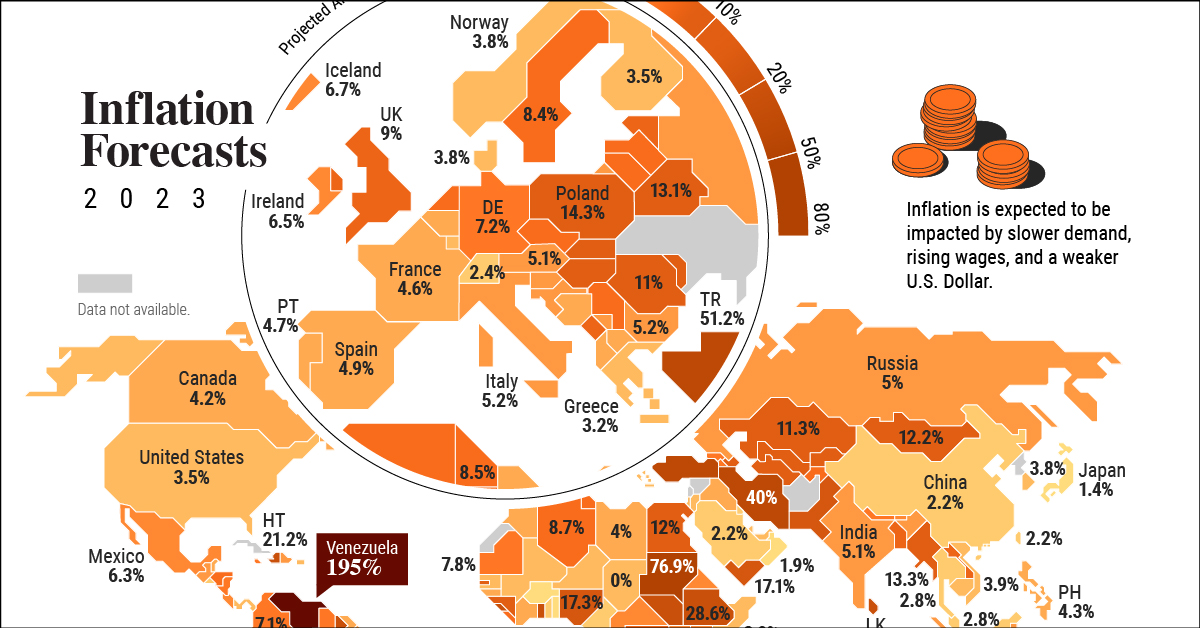
.de30073e00c801b56d8b61a4c7812edd9798d1a0.png)
